QuestionQUESTION: yesterday my step father brought me a a common river cooter that he found in the road (15 cm shell in length) that i am keeping in an 18"x10"x12" aquarium heated by a 75 watt bulb. I know this is not the ideal set up but i intend to remedy this soon. she has what appears to be a fungus under her "turtle neck" (for lack of a better term)and it seems to be causing slight, periodic bleeding. i can't afford a vet on my salary. (I'm 17 if that explains anything)but i want to do the best i can for her. i have offered her dandelion greens, broccoli, and cauliflower but she won't eat it (I'm assuming due to stress)What would be the best course of action?
ANSWER: Wild caught turtles tend to be very stressed by the big changes in their situations. They also tend to be heavily parasitized, which is not a problem until they are stressed. I always recommend releasing wild turtles.
Turtles need three things to be healthy and happy:
1. Good water. 'Good water' is warm (75-80F usually), very clean (usually via a very powerful filter) and large (figure about 10 gallons of water per inch of shell length. In this case- this means about 60 gallons of water, or a mostly filled 75 gallon tank.
(Note: Historically, people have kept turtles in much smaller tanks, without good filtration or heating- but these turtles rarely lived for more than a couple months. Turtles LOVE big water spaces, warmth, etc.)
2. Good sun. First we need a good basking site- something safe to climb on and easy for turtles to get up on. Rocks can work, but are a last option because of their roughness. Next, we need to offer good fake sunlight (since the UVB rays turtles need do not pass through glass or plastic we cannot use real ligh indoors.) The lighting should: heat the basking site to about 90F, illuminate most of the tank (leaving dark hiding places) and ideally, offer UVB rays- which takes special bulbs.
3. Good food. A good captive diet is about 3/6ths good quality turtle pellets, about 2/6ths live or frozen/thawed 'fish food meat' (small fish, worms, shrimp, krill, snails, insects, etc.), and about 1/6th greens (dark leafy lettuce, plant greens, leafy water plants, and a little shredded carrot or yellow squash sometimes.)
You can learn more about this turtle and turtle care at http://www.austinsturtlepage.com
---------- FOLLOW-UP ----------
QUESTION: First of all I'd like to thank you for getting back to me so quickly. Is there anything I can do about the fungus (or whatever it is)? it looks a lot like "Ich", the disease fish get and she had it when they brought her to me. It appears to be causing her to bleed a little. I've only had her two days and the set up i have for her meets the above requirements except for the size and filter. I haven't had a chance to fix this yet but i fully intend on doing so soon.
AnswerSkin damage on the back of the neck is usually also stress related- stress makes them shed their skin and then it becomes raw when rubbed on the upper shell.
You can treat it by dabbing it with providone iodine (Betadine Solution) and letting it dry. A dab of antibiotic ointment is also helpful if it is raw.
You can increase the care by using either Turtle Sulfa Dip OR the fish medicine 'Stress Coat'. A bigger tank, good heat and light, and clean water will also be important to healing.

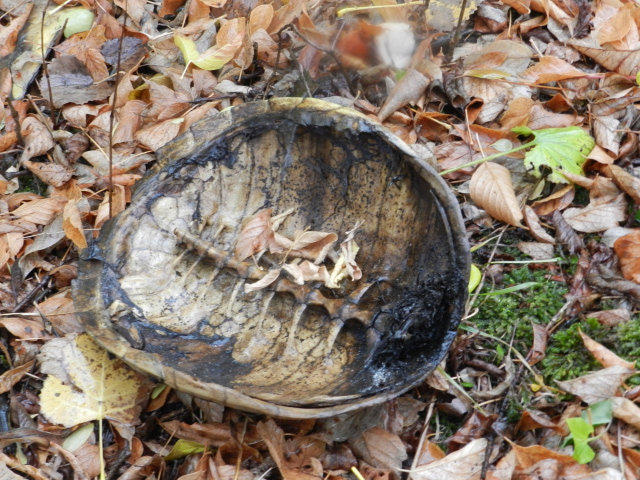 Found top of empty turtle shell
QuestionQUESTION: Hi my name is Angela and I live in Mi
Found top of empty turtle shell
QuestionQUESTION: Hi my name is Angela and I live in Mi
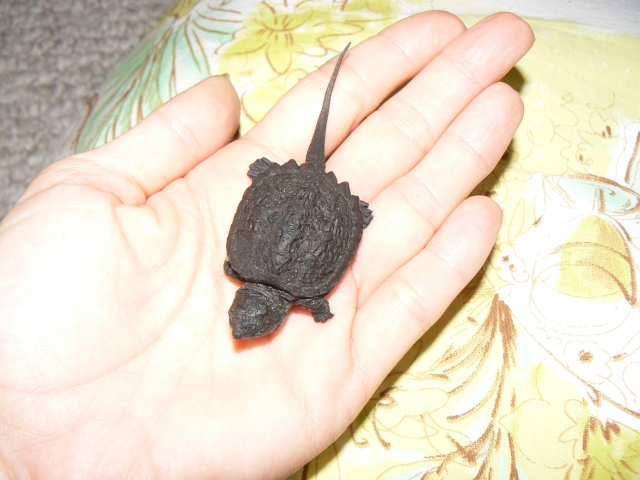 hatchling snapper
Question
Whipper Snapper
hey mark... this site is great
hatchling snapper
Question
Whipper Snapper
hey mark... this site is great
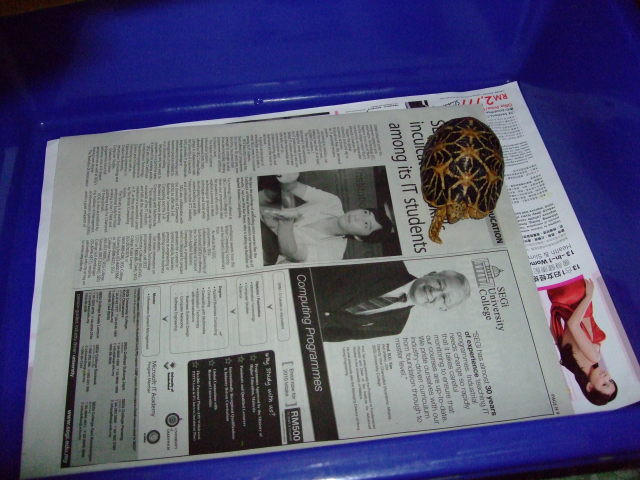 Star tortoise weak and not eating.
QuestionMy Star
QUESTION: I live in Malaysia and
Star tortoise weak and not eating.
QuestionMy Star
QUESTION: I live in Malaysia and
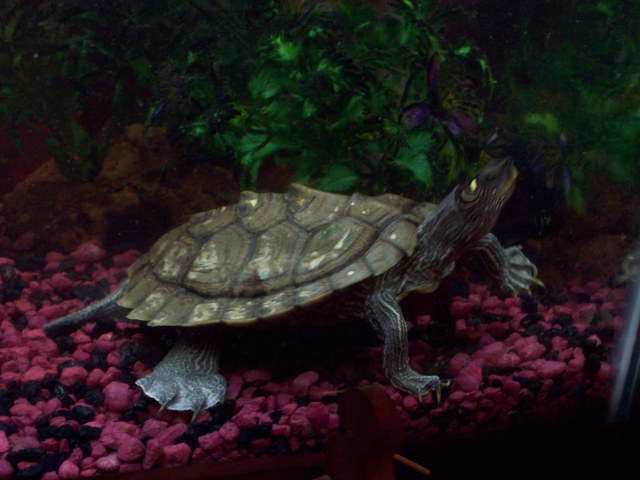 Trying to figure out what Species my
QuestionQUESTION: Trying to figure out what Species my
Trying to figure out what Species my
QuestionQUESTION: Trying to figure out what Species my
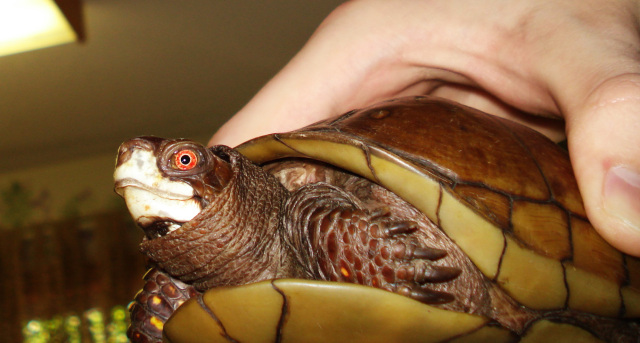 What kind of turtle is this?
Question
Turtle
I found a turtle in my back yard, and I
What kind of turtle is this?
Question
Turtle
I found a turtle in my back yard, and I